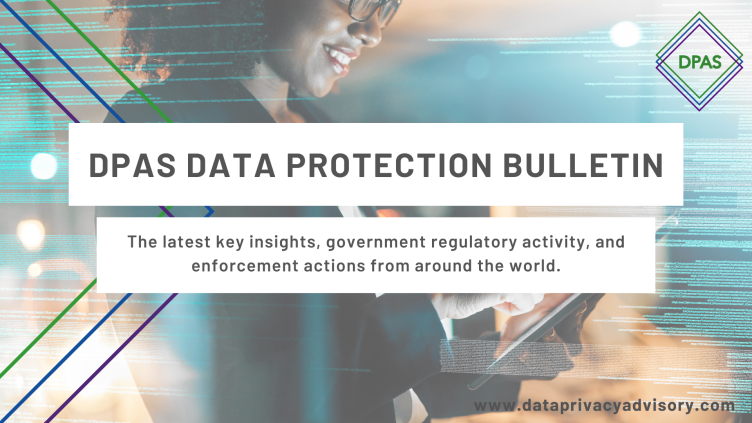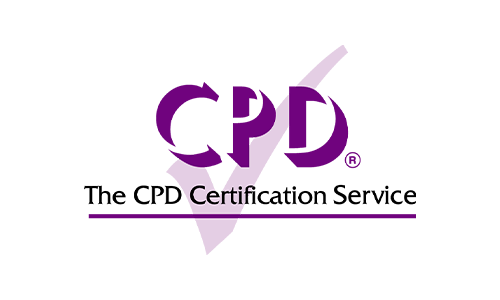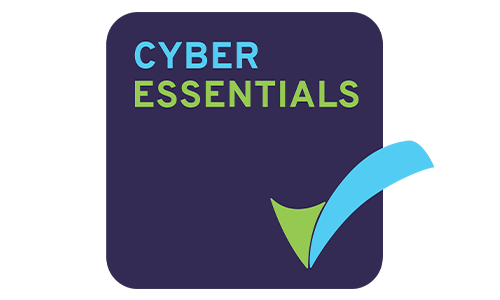INTRODUCTION
Since the COVID-19 pandemic, working from home has become common practice among employers. It became necessary during the numerous lockdowns enacted, and the working population quickly learned of its benefits. Employees across the country reported a better work-life balance, fewer distractions, improved productivity and a significant boost in their physical and mental wellbeing.
Here at DPAS, we primarily adopt a hybrid approach of three days a week in the office and two days at home, but we also have a number of staff members working remotely full time.
Therefore, we can personally see and appreciate the flexibility and freedom that this structure can offer, but for many companies who want to take a work-from-home approach, there are certain pitfalls regarding data security that they’ll need to watch out for.
So, what are they? And how can they be avoided? Well, we can help with that.
POTENTIAL RISKS AND CHALLENGES WHEN WORKING FROM HOME
Working remotely can invite a new set of obstacles with regards to data protection that need to be carefully considered.
Firstly, carrying out your duties from home could potentially mean an increased vulnerability to security breaches and data leaks. Not only have most tasks carried out been shifted to online, but home environments simply don’t have the same security measures that are in place in office settings, leading to uncertainty and reduced protection against threats.
The inferior security measures in employees’ homes also imply increased risk in the possibility of overheard phone calls, computers being left on and accessible, etc. While employees are generally trusted to always be careful when handling sensitive information, remote working could allow some of these mistakes to be made, and it’s possible that some data could slip through the cracks.
Furthermore, the network and device security of employees’ home computer and/or internet connection typically aren’t as safe and effective as those onsite. Similarly, communication channels at home are likely unsecured, which could leave data more vulnerable to cyber attacks.
COMPLIANCE CONSIDERATIONS FOR REMOTE WORK
So, what do staff need to keep in mind to ensure that they maintain compliance while working from home?
In short, it’s paramount to continue ensuring adherence to the applicable legislation, e.g., the GDPR or Data Protection Act 2018, and their requirements. Despite a more relaxed work setting, it’s essential that these guidelines remain strictly abided by, to make sure that everybody in the organisation is still complying with data protection law.
Remote workers must therefore ensure the lawful processing of data, and that data transfers are appropriate and legitimate. It’s also crucial that they protect personal data using adequate technical and organisational measures as they would in the office, but this may take some getting used to at first given the change in environment.
Implementing safeguards for sensitive personal data — or special category data — such as data encryption and backup creation is imperative. It’s also key to keep records of processing activities, consent, and other relevant data, as mandated by the GDPR.
These practices must continue despite working outside of the office, because if anything, they’ve only grown even more important due to the increased risk of working from a less secure location.
WHAT ARE THE BEST DATA PROTECTION PRACTICES FOR A REMOTE WORK ENVIRONMENT?
To be certain that your organisation is continuing to carry out safe and effective practices while working remotely, there are several steps you can take:
DATA PROTECTION POLICIES
- Implement a ‘Bring Your Own Device’ (BYOD) policy so staff are aware of what they are allowed to use their phone for, and security controls that must be in place.
- Put in place a working from home policy that outlines expectations and requirements for those working remotely.
- Ensure staff have read and understood your Data Protection Policy and more importantly, follow it and ensure they know what to do if a breach is to occur at home.
EMPLOYEE TRAINING AND AWARENESS
- Educate employees about data protection policies and procedures.
- Promote responsible use of company resources and data.
- Secure Remote Access, e.g., by implementing secure virtual private network (VPN) connections and enforcing multi-factor authentication for accessing sensitive data.
DEVICE SECURITY
- Encourage regular software updates and security patches.
- Implement strong password policies and encryption measures.
- Secure data storage and sharing using encrypted solutions.
COMMUNICATION AND COLLABORATION TOOLS
- Evaluate and select secure communication platforms.
- Establish regular data backup routines.
- Ensure the availability of remote data recovery options.
ONGOING MONITORING AND EVALUATION
- Regular assessments of remote work data protection measures.
- Periodic employee training and awareness sessions.
- Continuously adapt and improve data protection strategies.
CONCLUSION
Considering all the health and morale improvements that come with flexible working, it thankfully looks like working from home isn’t a dying trend and is here to stay.
But if we’re being trusted to perform our duties from the comfort of our own living rooms, it’s vital that we continue to uphold the proper standard for data protection and compliance. By employing the practices and considerations outlined in this article, you can make sure your organisation doesn’t slip, and your staff can continue to reap the benefits of remote working while keeping data as secure as possible.
Need some help with compliance? We don’t blame you — it can be a daunting task. Why not get in touch with us and see what we can do for you?
After all, your data is our business.









